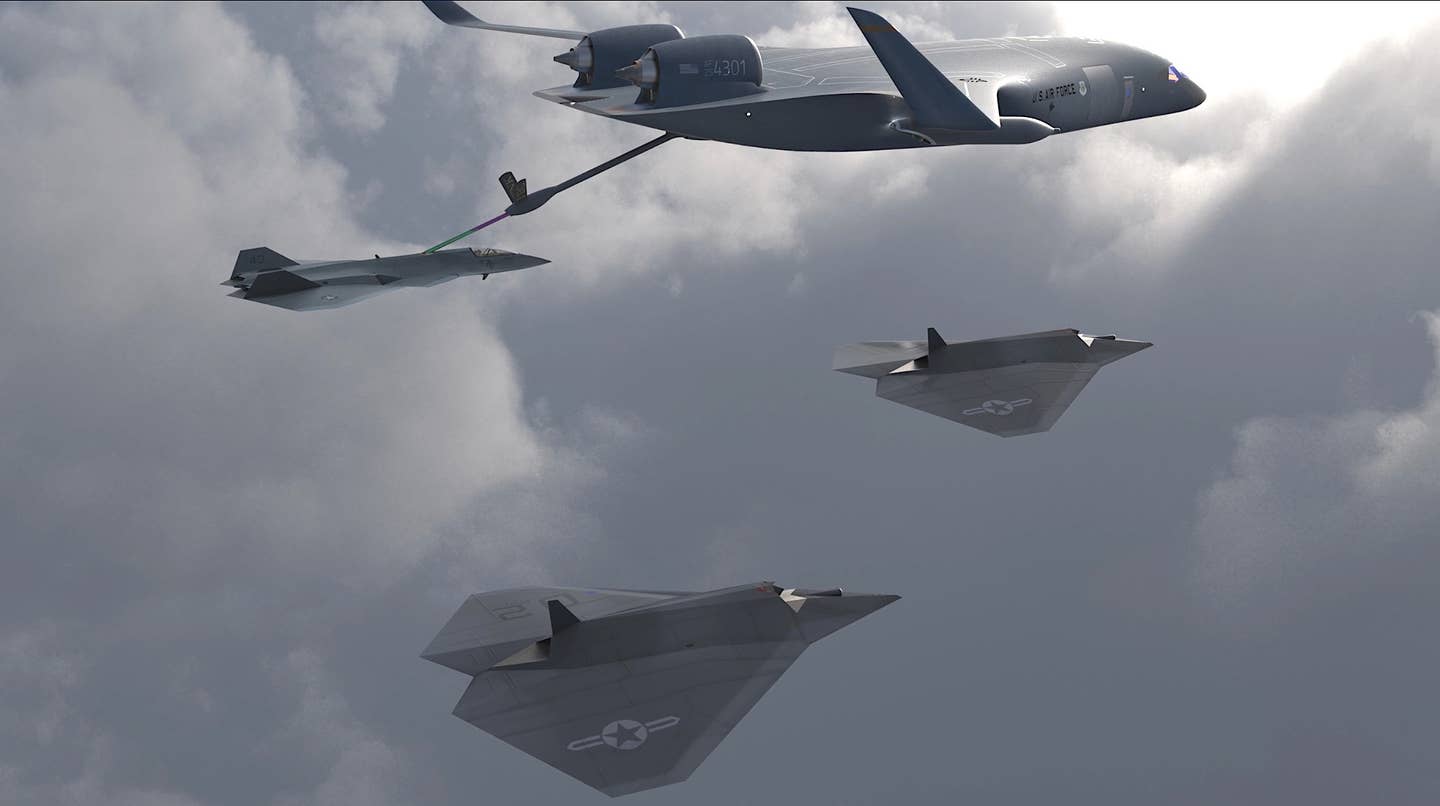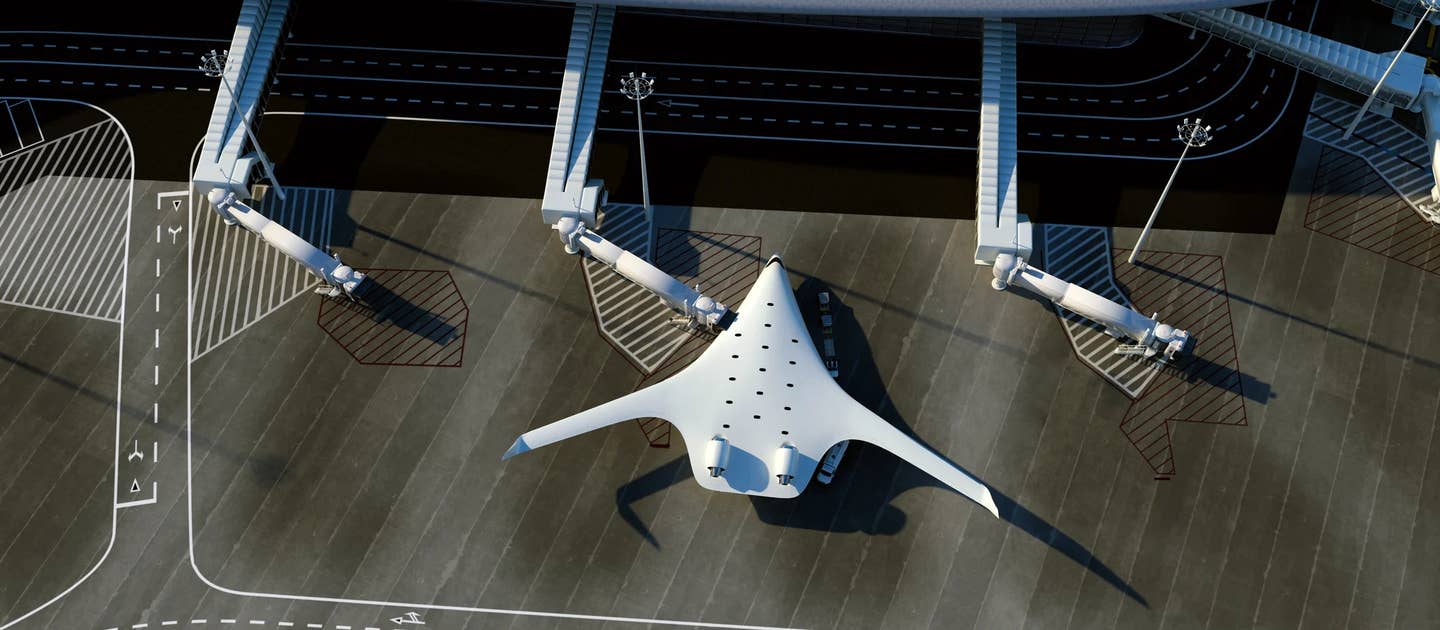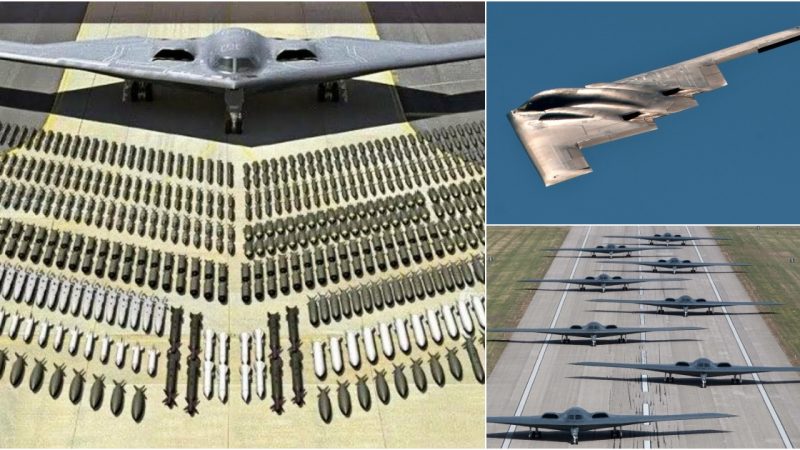The U.S. Air Force has selected aviation startup JetZero to design and build a full-size demonstrator aircraft with a blended wing body (BWB) configuration, informally known as the XBW-1. The goal is to have this innovative aircraft flying by the year 2027.
Secretary of the Air Force Frank Kendall made the announcement during an event hosted by the Air & Space Forces Association. This initiative is aimed at creating future aerial refueling tankers and cargo aircraft that are substantially more fuel-efficient than existing models with traditional designs. These BWB aircraft can also offer enhanced cargo-carrying capabilities, making them valuable for various military applications, including the Next-Generation Air Refueling System (NGAS) and Next-Generation Airlift (NGAL) programs.
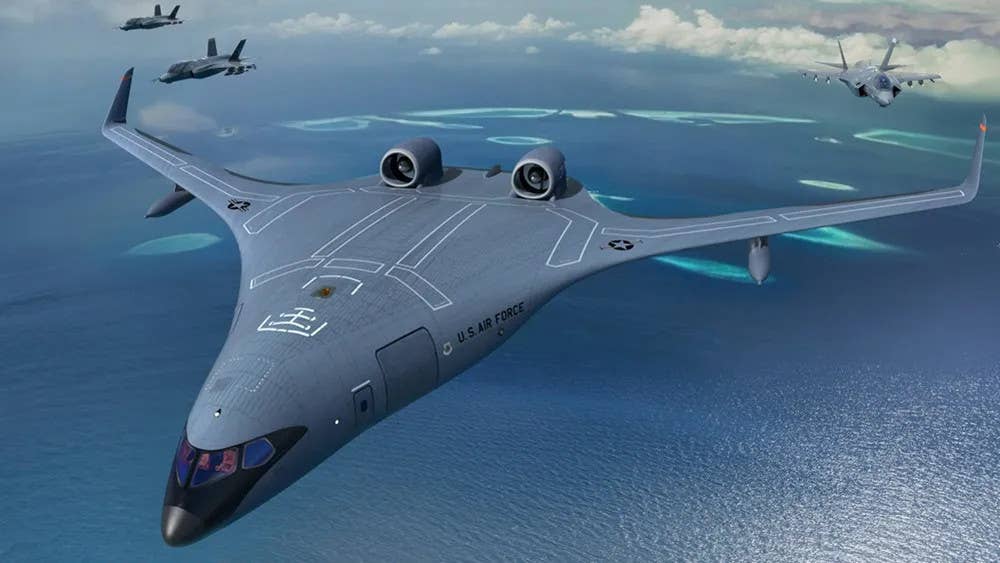
“Blended wing body aircraft have the potential to significantly reduce fuel demand and increase global reach,” Secretary Kendall stated, emphasizing the importance of efficiently moving forces and cargo over long distances for national security.
The initiative is led by the Air Force’s Office of Energy, Installations, and Environment, in cooperation with the Department of Defense’s Defense Innovation Unit (DIU). NASA is also contributing to this effort.

The Department of Defense plans to invest $235 million over the next four years to accelerate the development of this transformative dual-use technology. Additional funding is expected to come from private investment sources.
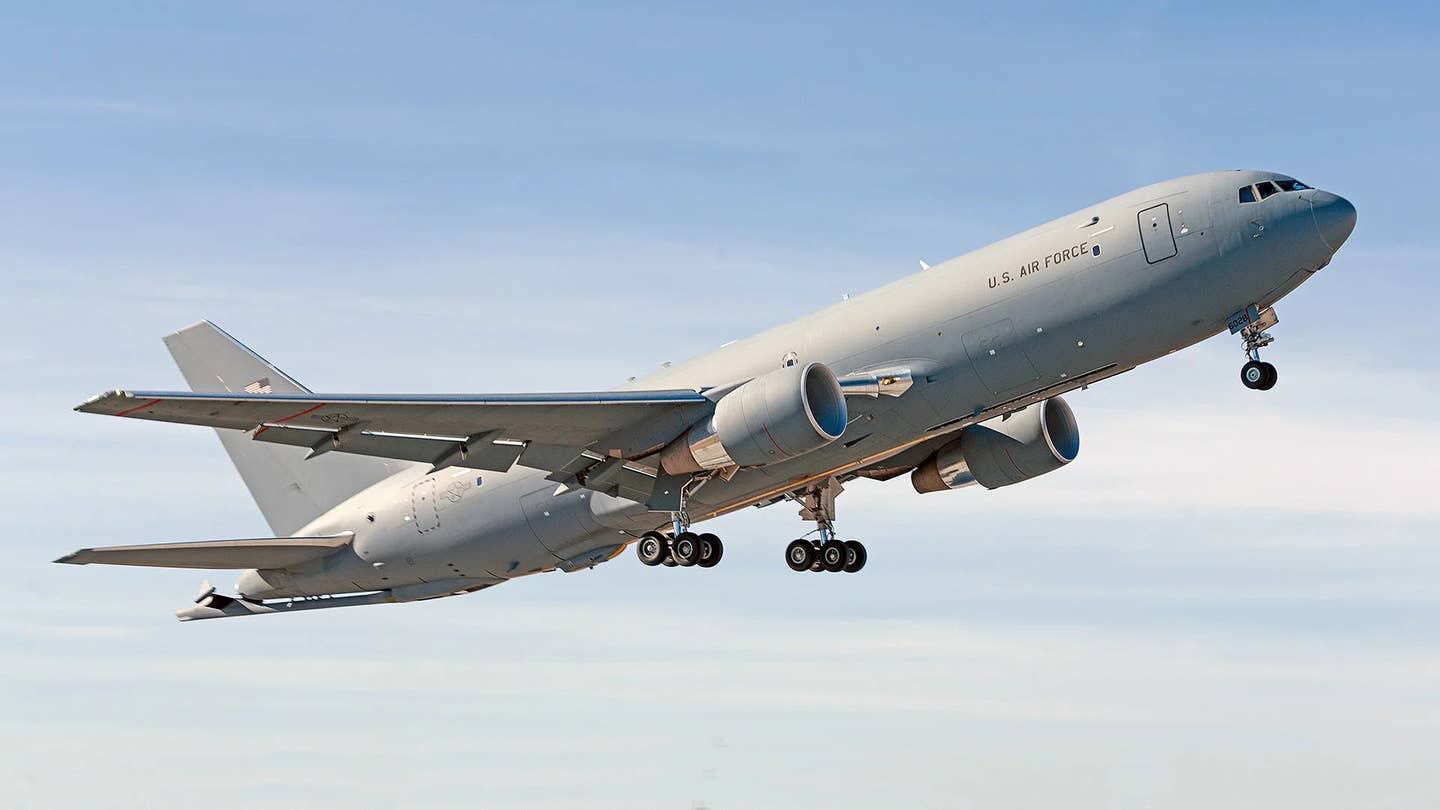
JetZero, in partnership with Northrop Grumman, was selected as the sole company to publicly confirm its proposal for the BWB initiative, known as the Z-5. Scaled Composites, a subsidiary of Northrop Grumman, will provide support for the project.
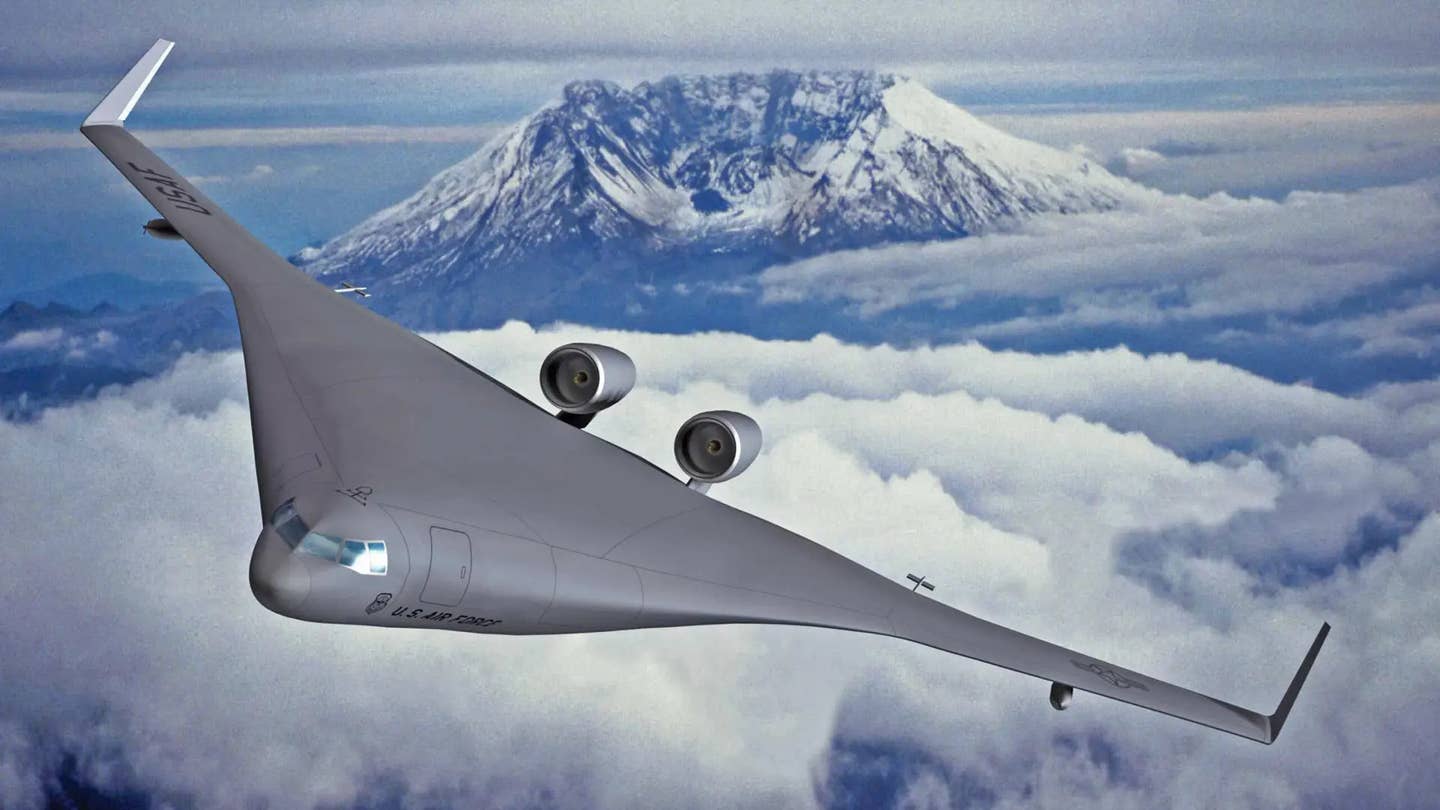
The BWB design aims to be at least 30 percent more aerodynamically efficient than commercial airliners like the Boeing 767 or Airbus A330. This, combined with advanced engine technology, could significantly improve fuel efficiency, allowing future Air Force tankers and cargo aircraft based on this concept to fly longer distances with similar or even greater payloads than current aircraft.

The BWB design offers several advantages, including potential radar cross-section benefits due to its blended body configuration. The top-mounted engines at the rear of the fuselage shielded from most angles could reduce both infrared and radar signatures. Additionally, the engine configuration directs sound waves upward, reducing noise pollution and potentially making the aircraft suitable for military applications.
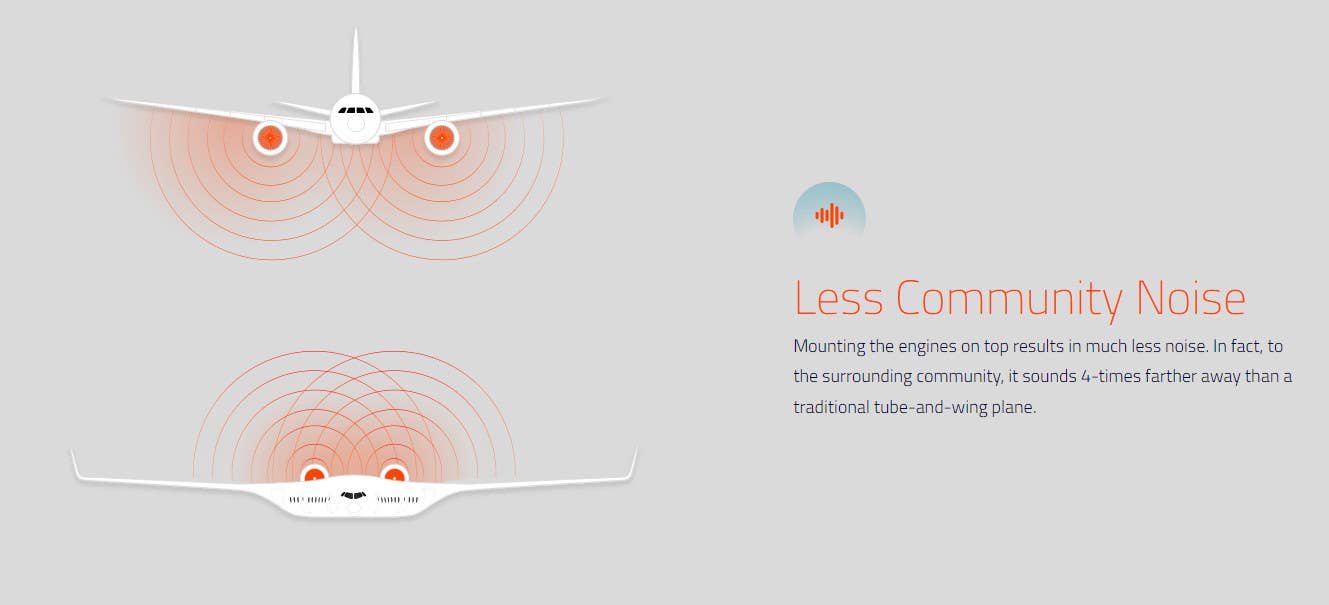
The latest rendering of JetZero’s concept also features passenger windows and doors, highlighting its versatility for transporting both personnel and cargo. The company envisions its design as a high-efficiency mid-market commercial airliner with substantial passenger capacity and range.
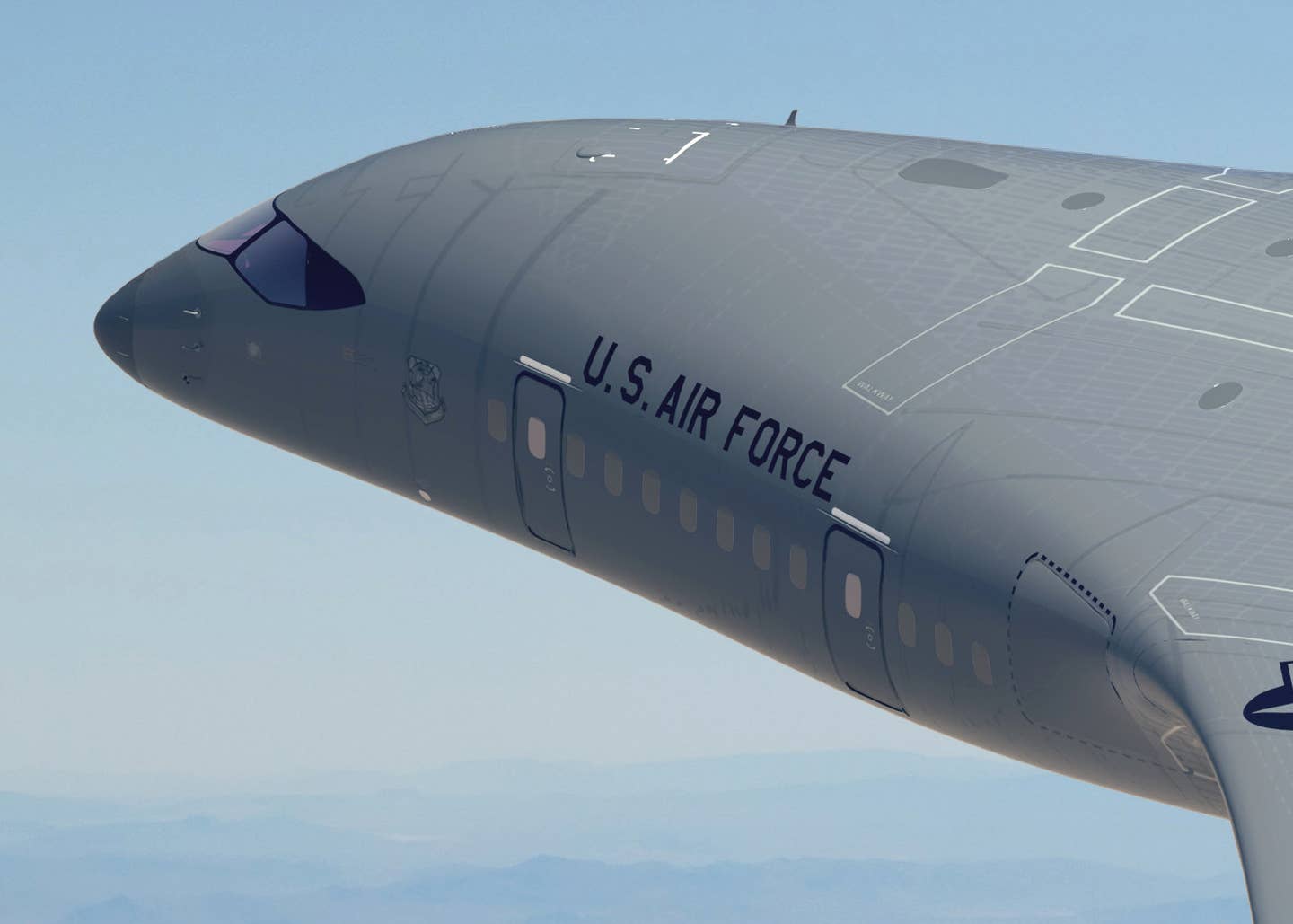
The Air Force is keenly interested in the operational benefits of the BWB design, including the ability to operate from shorter runways, carry more cargo or fuel over longer distances, and reduce noise emissions. These capabilities are of particular importance in scenarios where logistics and airlift capacity play a critical role, such as potential conflicts in the Pacific region.
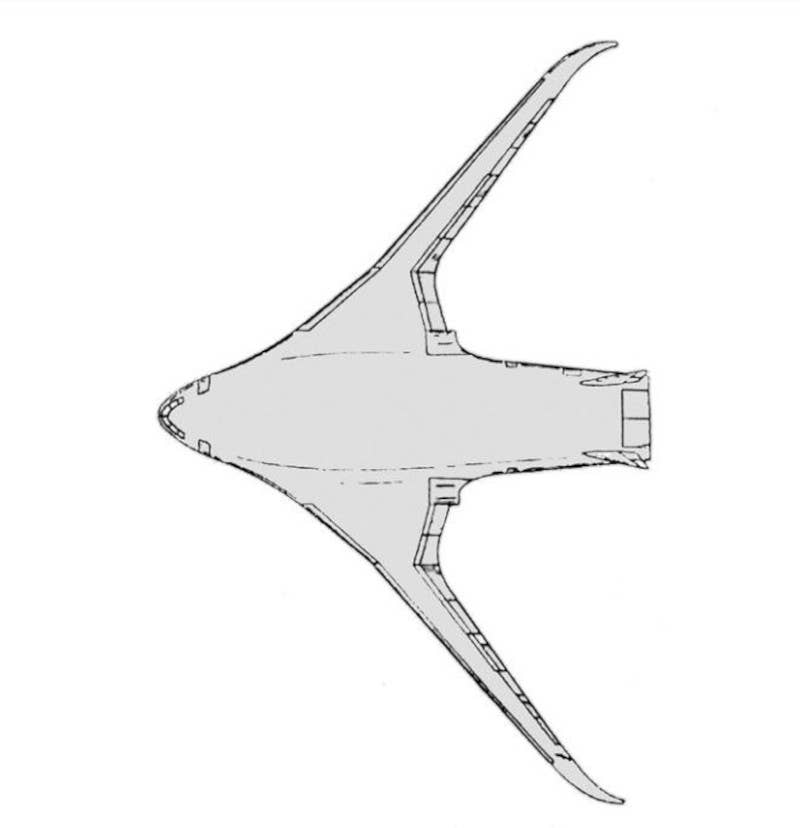
In summary, the Air Force’s BWB initiative with JetZero represents a significant step toward developing highly efficient, versatile aircraft that could meet future military and commercial aviation needs while addressing key operational challenges. The program’s potential to enhance range, fuel efficiency, and operational flexibility makes it a promising venture in the rapidly evolving field of aviation technology.

